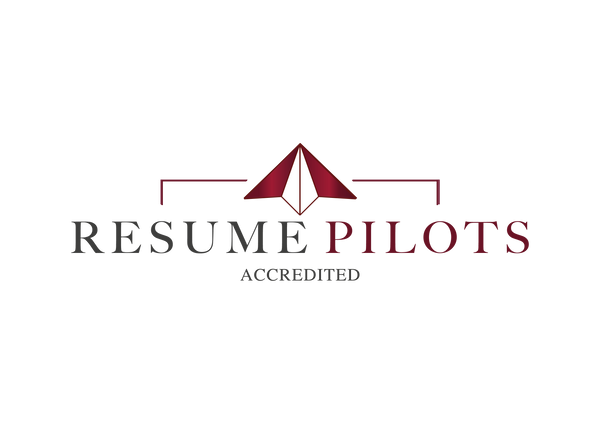
Expert Tip: When to Spell Out Numbers on a Resume
Should You Write Out Numbers on Your Resume or Use Numerals?
When crafting your resume, focusing on achievement-based bullet points is essential. By quantifying your results with numbers, you enhance your credibility and make a strong impression on recruiters.
However, it's equally important to adhere to proper grammar rules regarding number usage.
In this article, we’ll explore the standard grammar conventions for writing numbers and provide best practices for their use on resumes.
Standard Grammar Rules for Writing Numbers
Standard Guidelines
According to both the AP Stylebook and The Business Style Handbook, the following rules apply when writing out numbers:
- Numbers under 10: Spell out (two, six, eight)
- Numbers 10 and above: Use numerals (10, 55, 150)
Exceptions to the Rule
There are specific instances where you should always use numerals, including:
- Ages (4 years old)
- Building numbers (5 East Erie)
- Headlines (Developer Builds 5 New Hotels)
- Figures with decimals (6.2 feet)
- Percentages (12% increase)
- Measurements (185 lbs.)
- Money ($3M increase in revenue)
- Time of day (5 p.m.)
- Figures in a series (5 direct reports, 150 employees, and 30 contractors)
Resume Best Practices for Writing Numbers
On your resume, it’s acceptable to diverge from standard grammar rules and use numerals for numbers 1 through 9 for 2 main reasons:
1) Save space
Because you have limited space on your resume, using the number “5” instead of writing out “five” can save you just enough space to keep a bullet point from spilling onto the next line – especially if you need to squeeze in multiple numbers.
2) Help your accomplishments “pop”
Using numbers can also help your accomplishments stand out.
When you have multiple bullet points that consist primarily of text, numbers under 10 can easily blend into the rest of the content.
For example, compare the following two bullet points:
- Completed 8 feasibility studies, resulting in 2 new hotel openings
- Completed eight feasibility studies, resulting in two new hotel openings
It’s easy to see how the structure of the first bullet point makes the numbers more prominent.
Consistency is Key
Regardless of your approach, maintaining consistency throughout your resume is crucial.
If you choose to follow traditional grammar rules by spelling out numbers under 10, ensure this format is used throughout the document.
Alternatively, if you decide to use numerals consistently, stick with that choice.
If you are preparing a resume for an academic context, however, we advise sticking to convention.
In Summary
By following the guidelines above and sticking to one approach throughout your document, you can be sure to avoid any red flags.
To create a resume that impresses recruiters, be sure to incorporate metrics and KPIs into your bullet points.
Such an approach will ensure your resume is accomplishment driven and doesn't simply list the tasks you were responsible for day-to-day.
Considering working with an executive resume writer? Schedule a call here to learn how we can help accelerate your job search.

